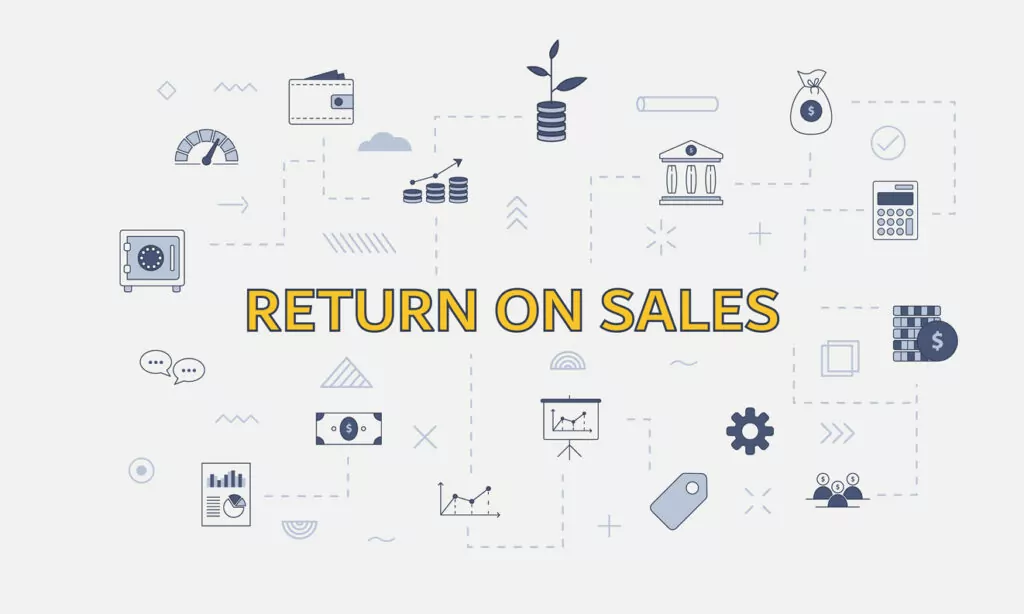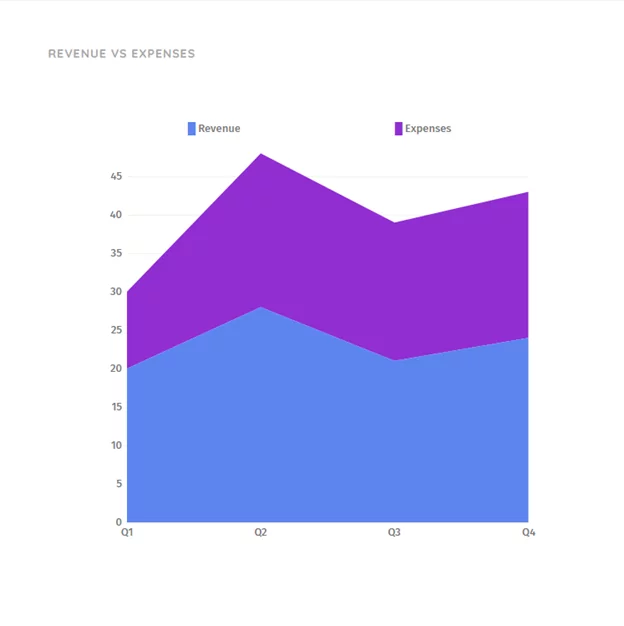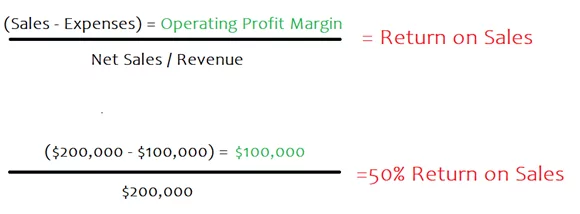Return on Sales (ROS) is one of our favorite metrics for measuring efficiency across companies that operate out of multiple locations.
Businesses with multiple locations have a unique challenge when it comes to consistent brand messaging, useful metrics, accountability, and lead nurturing.
Given these challenges, marketers and other executives need to understand the best metrics to gauge the performance of their company as a whole and each individual dealer or franchise location within their network.
To help, we’d like to explain ROS and how to get the most out of it in today’s blog.
Key Takeaways
- Return on Sales (ROS) is an ideal metric for measuring a company’s performance across multiple locations.
- ROS is flexible because it includes variable costs (the costs of raw materials and wages) in the formula.
- ROS may not be suitable when comparing companies in two industries or at different periods where variable costs are much different.
- Despite its imperfections, ROS is one of your company’s most important efficiency metrics.
What Is Return on Sales (ROS)?
The Return on Sales metric compares your revenue, or sales, to your profit margin. Ultimately, the figure produced by the formula (detailed below) measures how efficiently your company is turning sales revenue into profit.
The process of calculating ROS involves subtracting your total expenses from your sales revenue to find what’s called an operating profit margin. This step is what makes ROS an ideal choice for multi-location businesses.
What Is Operating Profit Margin?
An operating profit margin is the amount of money left from a sale after variable costs have been accounted for but before taxes or interest have been accounted for. In this context, variable costs refer to things like the cost of labor and materials.
Your multi-location businesses are likely to have slightly different variable costs, and the ratio produced by the formula will take that into account.
Why Is ROS Great for Multi-Location Businesses?
Tracking ROS across your enterprise and between locations can give you key insights into the performance of individual locations and your company as a whole.
A Flexible Efficiency Metric
ROS is a big-picture metric that reveals much with just a little information.
Each of your dealers or franchisees will face unique challenges and costs when it comes to labor and materials. If a dealer in one city is paying more for materials and labor than other dealers, their revenue needs to be higher to make up for it, or their ROS will be noticeably lower.
Compare to Other Companies, Regardless of Scale
ROS also allows you to compare yourself to other companies in your industry without worrying about scale.
You may be concerned that a company near you is beating you in total sales and revenue, but if their ROS is extremely low compared to yours, you’ll know you have a leg up in efficiency. This could mean you’re targeting higher-quality leads or spending less time closing the leads you get.
Knowing your ROS isn’t enough to paint the full picture, but it can be a great window that reveals areas in your organization to improve on or copy and replicate the success of other departments.
Limitations of ROS
ROS is a metric we recommend and use daily. However, as alluded to earlier, it’s not a perfect metric and does have some drawbacks.
Breaks Down Between Industries
Naturally, different industries will be spending more or less on every sale, and a good ROS in one industry may be very low in another.
Unless you have experience in these industries to be able to say for sure, we caution using ROS to gauge the performance of companies operating in two different industries.
Differences in Revenue vs. Net Sales
You may find that some companies calculate ROS using different numbers, some preferring revenue, and some preferring net sales.
A retail store is likely to use net sales to calculate ROS. Net sales will consider refunds or credits owed to customers for returned merchandise. A non-retail company will probably use revenue.
This difference in preferred statistics can make big differences in the outcome of ROS calculations, and this is another reason we caution against comparing your ROS to companies that don’t follow a similar business model as yours.
How to Calculate a ROS Ratio
The return on sales formula divides your operating profit by your total revenue (or net sales).
What Is a Good ROS Ratio?
Your ROS will depend heavily upon your variable costs (labor and raw materials). Each industry, company, and individual location within a company may have a different healthy ROS ratio.
Generally, a ROS between 5-10% is desirable and indicates a healthy efficiency.
How to Increase ROS
Since ROS is a measure of revenue compared to expenses, you’ll need to increase revenue or decrease expenses, or both to increase your ROS.
Try MXTR
When calculating your ROS, you may notice that some locations or departments appear more efficient than others.
This indicates an inconsistent process or inefficient practice at one or more of these locations or departments.
In our experience, leads handed down from corporate marketing to individual dealers can be lost in the shuffle and not nurtured properly.
Our marketing automation platform closes the loop: all your dealers and lead generators are on the same platform to ensure start-to-finish lead nurturing. MXTR works by allowing executives to work with their teams to produce pre-programmed engagement strategies that they syndicate to all dealers or franchises.
MXTR uses proven marketing automation strategies to bring multiple dealers, franchises, or locations within your organization in sync.
Efficiently Tracking Efficiency
We recommend ROS as a great metric for measuring your sales efficiency if you’re responsible for a company with multiple locations.
ROS is a metric that’s important to keep track of over time. Even if your company hasn’t lost efficiency, you may see ROS dip during certain year periods. This can indicate things like increased variable costs or declining sales performance.
Regardless of where it leads you, ROS is one of the smartest ways to measure efficiency for your multi-location business.
If you’d like MXTR to handle tracking your efficiency metrics (including ROS), contact us today.
Featured Image: istockphoto.com









